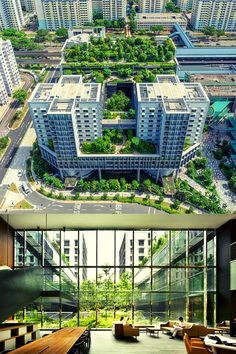Creating Apartments for Diverse Family Needs: The Rise of Multi-Generational Living Spaces
Read latest blogs and articles from Housystan

The Information mentioned here was last updated on:
30/11/2025Modern urban living is evolving, especially in vibrant cities where space and family needs intersect. Today, there is a noticeable trend toward designing apartments that accommodate a variety of family units, including multi-generational households. This shift is particularly evident in metropolitan regions where both cultural traditions and practical considerations encourage extended families to reside under one roof. As apartment communities adapt to these changing dynamics, the creation of flexible, inclusive living spaces is gaining momentum, responding to the needs of diverse residents.
Developers and architects in many urban centers are reimagining residential layouts to support multi-generational living. These innovative apartments often feature adaptable floor plans, allowing privacy for grandparents, parents, and children while maintaining communal areas for shared experiences. For example, separate suites with private bathrooms, secondary kitchens, or dedicated entryways are increasingly common. These thoughtful design elements not only foster independence but also promote togetherness, enhancing the quality of life for all family members.
Location plays a crucial role in the popularity of these living arrangements. In cities celebrated for their cultural diversity and high population density, such as New York, Toronto, and Sydney, multi-generational apartments address both economic and social needs. Proximity to schools, healthcare, parks, and shopping centers is prioritized, ensuring convenience for every age group. This strategic placement enhances community engagement and reduces daily commuting stress, making urban life more enjoyable and sustainable.
- Verified Tenants/Buyers
- Unlimited Property Listing
- Zero subscription/charges fee
Furthermore, property developers are integrating smart home technology and energy-efficient systems, catering to modern lifestyles while supporting family well-being. Security features, accessible entrances, and recreational amenities contribute to a holistic living environment. These enhancements appeal to a broad demographic, from young professionals to retirees, reflecting a commitment to inclusivity and adaptability.
As the demand for multi-generational apartments continues to rise, cities adopting these innovative housing solutions are fostering stronger communities. By recognizing and responding to the evolving needs of diverse families, urban developments are setting new standards in residential living, ensuring that everyone—regardless of age or background—can find a welcoming and functional home.